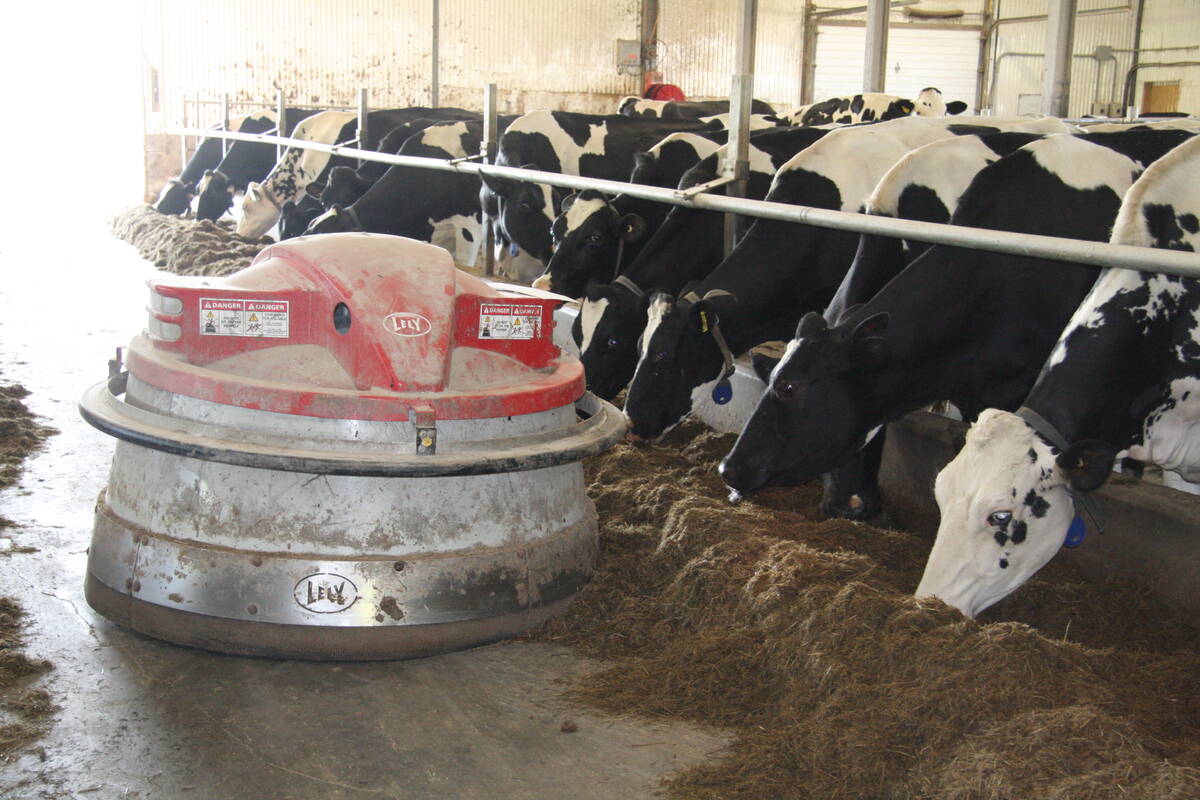A high dollar, a partially reopened border and an expanding slaughter capacity are all relatively new issues for the modern Canadian beef cattle industry. But despite these factors, the cattle business is getting back to normal.
Anne Dunford of Canfax told producers attending the Saskatchewan Cattle Feeders’ Association annual meeting in Saskatoon last week that markets are returning to normal, including patterns of profit and loss and placements.
“You make money in part of the year and lose it in the rest, the same as you used to,” she said.
Read Also

Partnerships, communication key to disease management
Communication and strong, trusted partnerships are key to managing infectious diseases like Foot and Mouth Disease and HPAI.
Canfax analysis indicates that cattle feeders had a profitable 2005, with an average $50 per head net revenue, slightly above long-term averages.
Despite a record-sized Canadian cow herd and November feedlot placements for calves, prices paid for feeder calves have remained strong relative to the previous two years. This has been supported by a healthy American market for feeders and fed slaughter animals.
The U.S. feeder calf demand remains robust as that country begins to climb from the bottom of its cattle cycle with heifer retention beginning to show up last fall in female premiums.
Dunford said Canadian producers can once again begin to successfully use American futures markets to hedge their fed positions.
Based on an 87 cent Canadian dollar, 850 pound feeder steer prices should deliver a basis of about $15 per hundredweight under the U.S. market.
Dunford’s analysis indicates January to March feeders selling in the $112 to $116 per cwt. range, April to July $113 to $118 and August to September $118 to $122.
The livestock economist said fed prices should continue to run $10 to $12 per cwt. less than U.S. markets. Producers might expect to see January to March at $93 to $98 per cwt. with a top of $100; April to June $88 to $95 with a top of $98; July to September $84 to $89 and October to December $90 to $98.
Michael Levy of Custom House Global Foreign Exchange said the strong Canadian dollar will be a major, long-term factor in Canadian cattle prices and agrees with many of Dunford’s predictions.
“Expect to see (fed) cattle at a bottom of about 91 cents (per lb.) with plenty of technical (market) support there. If they do go below that they’ll drop off another nickel.”
Levy said feedlots should be able to count on falling prices for placements in the near-term as seasonal supply continues to increase.
“We are returning to somewhat normal (seasonal) cattle market trends in Canada,” he said.
He also suggested producers consider hedging against the rising loonie.
Dunford said futures prices would continue soft into the summer because of the large numbers of cattle on feed right now.














